The 1920s Men’s Fashion marked a significant era in fashion, particularly for men. With the aftermath of World War I and the dawn of the Jazz Age, men’s fashion underwent a transformative shift, embracing a new sense of style and sophistication. From impeccably tailored suits to daring casual wear, the 1920s encapsulated an era of sartorial evolution and cultural change.
Influence of World War I on 1920s Men’s Fashion
The devastation of World War I left a profound impact on society, including fashion. As men returned home from the trenches, there was a desire to break away from the constraints of traditional attire. The rigid, military-inspired uniforms gave way to a more relaxed and expressive approach to dressing.
Key Elements of 1920s Men’s Fashion
Suits and Formal Attire
The hallmark of 1920s men’s fashion was the tailored suit. Cut to perfection and often featuring wide lapels and high-waisted trousers, suits exuded an air of elegance and refinement. Neutral tones such as gray, black, and navy were favored, reflecting the understated sophistication of the era.
Casual Wear: Flappers and Jazz Influence
In contrast to the formality of suits, casual wear experienced a surge in popularity during the 1920s. Influenced by the rise of jazz music and the liberated spirit of the flapper, men embraced more relaxed styles. This included sporty sweaters, knickerbockers, and loose-fitting trousers, reflecting a newfound sense of freedom and individuality.
Accessories: Hats, Ties, and Pocket Squares
Accessories played a crucial role in completing the look of a 1920s gentleman. Wide-brimmed fedoras and straw boaters were ubiquitous, adding a dash of sophistication to any ensemble. Silk ties in bold patterns and vibrant colors were another staple, while pocket squares provided a subtle yet stylish accent.
Icons of 1920s Men’s Fashion
Several icons emerged during the 1920s whose impeccable sense of style continues to inspire today. From the sophisticated elegance of Rudolph Valentino to the rakish charm of F. Scott Fitzgerald, these individuals epitomized the dapper aesthetic of the era.
Social and Cultural Impact of 1920s Men’s Fashion
Beyond mere clothing, 1920s men’s fashion reflected broader social and cultural shifts. It was a time of rebellion against Victorian norms and a celebration of youth, vitality, and progress. Adopting more relaxed and daring styles signaled a departure from the past and an embrace of modernity.
Legacy of 1920s Men’s Fashion
The influence of 1920s men’s fashion extends far beyond the decade itself. Its emphasis on clean lines, impeccable tailoring, and attention to detail continues to inform contemporary menswear. From the boardroom to the runway, echoes of the Roaring Twenties can be seen in the fashion landscape today.
Modern Interpretations and Revivals
While the 1920s may belong to the past, its spirit lives on in modern interpretations of menswear. Designers often draw inspiration from this golden age of fashion, reimagining classic silhouettes with a contemporary twist. Whether it’s the resurgence of three-piece suits or the revival of vintage accessories, the allure of 1920s style endures.
Conclusion
In the annals of fashion history, the 1920s stand out as a time of innovation, rebellion, and unparalleled style. From the sleek sophistication of tailored suits to the daring allure of casual wear, men’s fashion underwent a remarkable transformation during this decade. While the trends may have evolved, the Roaring Twenties’ legacy continues to shape how men dress and express themselves today.
FAQs
Q: Were all men in the 1920s dressed in suits?
A: While suits were popular, especially for formal occasions, not all men wore them regularly. Casual wear, influenced by the rise of leisure activities and sports, became more prevalent during this time.
Q: Did men in the 1920s wear accessories like we do today?
A: Yes, accessories were an essential part of men’s fashion in the 1920s. Hats, ties, and pocket squares were commonly worn to complement suits and add flair to outfits.
Q: Were there any fashion rules for men in the 1920s?
A: While there were certain societal expectations regarding attire, fashion in the 1920s was more relaxed compared to previous decades. Men had more freedom to experiment with different styles and express their individuality.
Q: How did economic factors influence men’s fashion in the 1920s?
A: The economic prosperity of the 1920s allowed for greater spending power among consumers, leading to an increased demand for fashionable clothing. This, coupled with advancements in mass production, made stylish attire more accessible to a wider audience.
Q: Are there any notable films or TV shows that accurately depict 1920s men’s fashion?
A: Yes, several films and TV shows have captured the essence of 1920s men’s fashion with remarkable accuracy. Classics like “The Great Gatsby” and TV series like “Boardwalk Empire” offer a visual feast of dapper suits, elegant accessories, and timeless style.


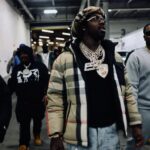
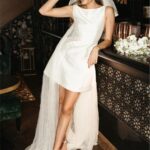



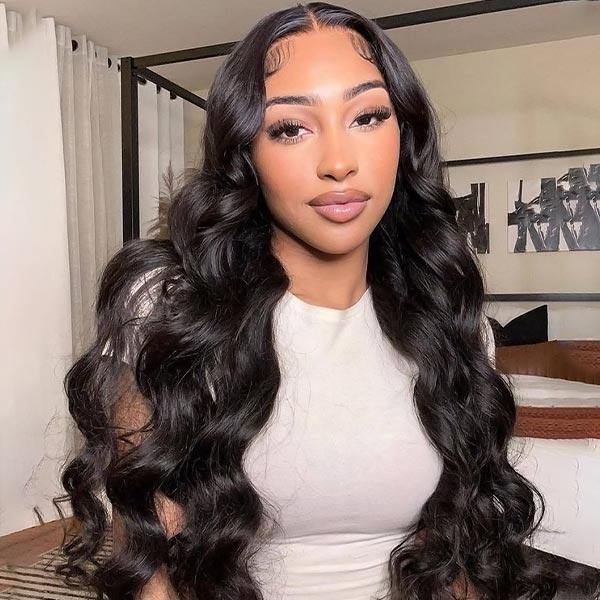
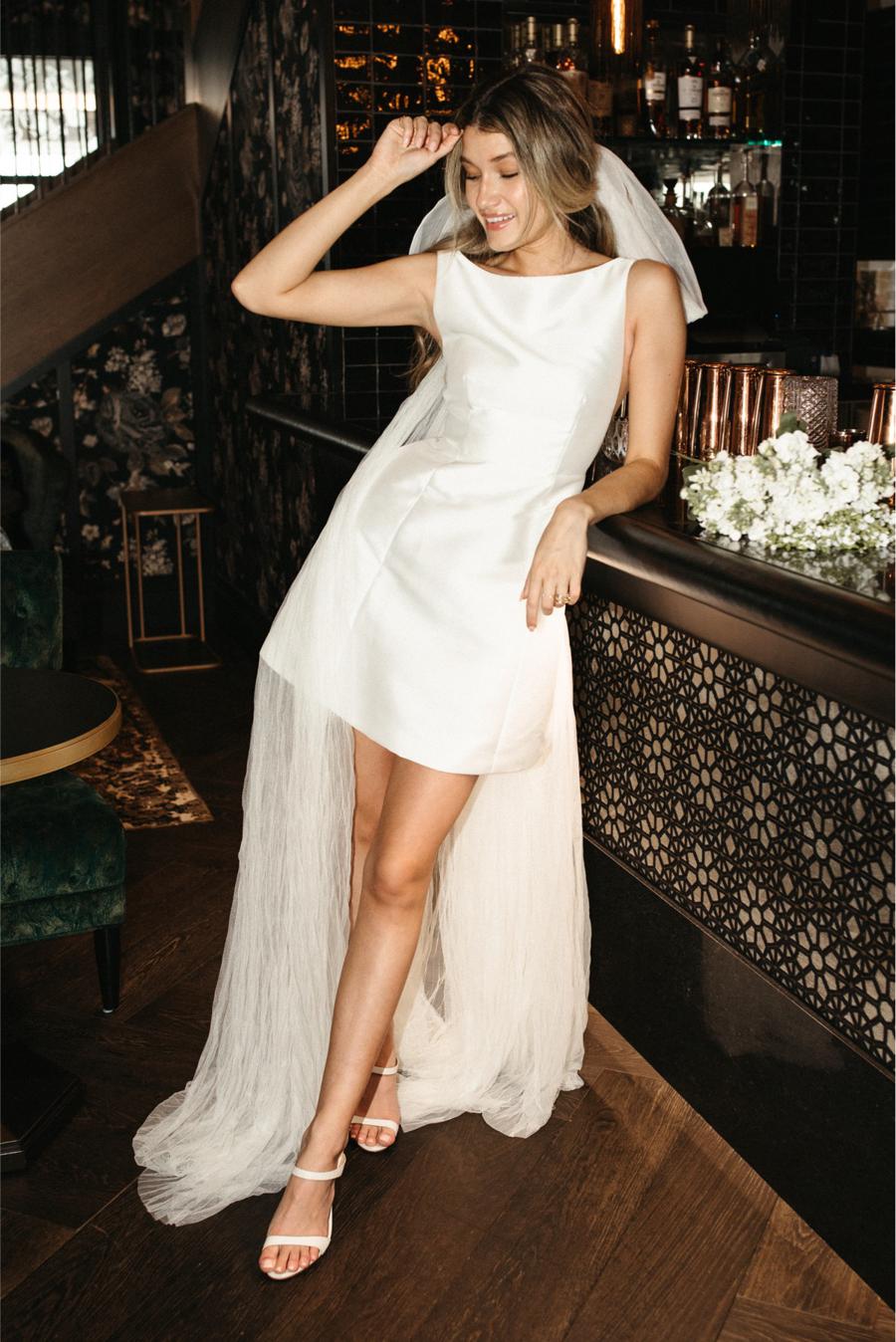
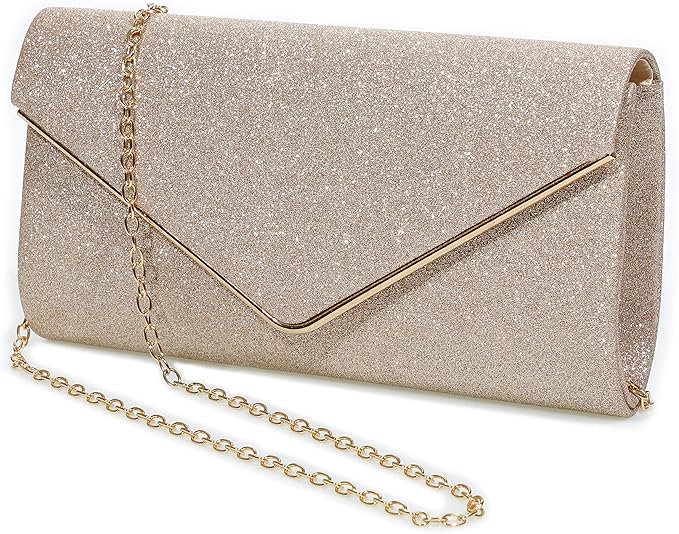
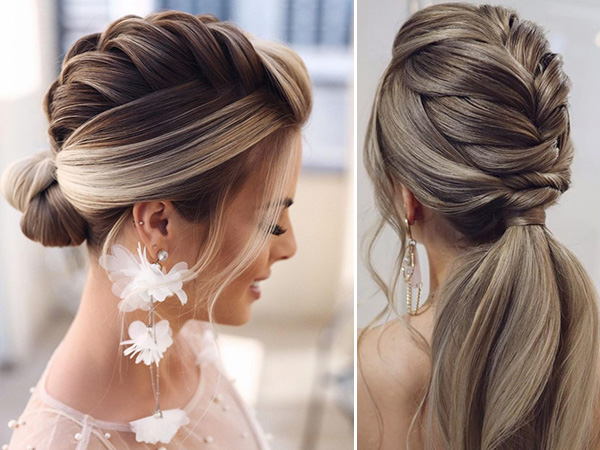
One thought on “1920s Men’s Fashion: A Dapper Decade”